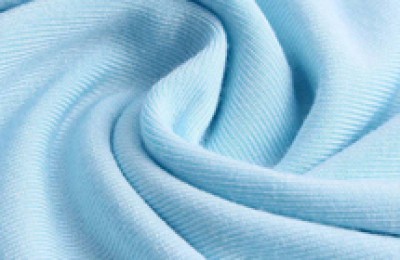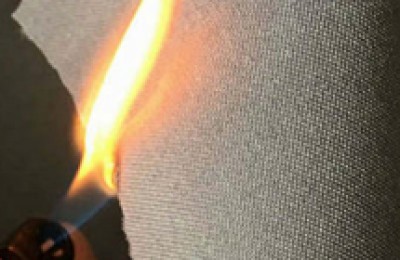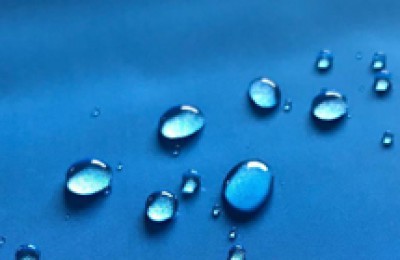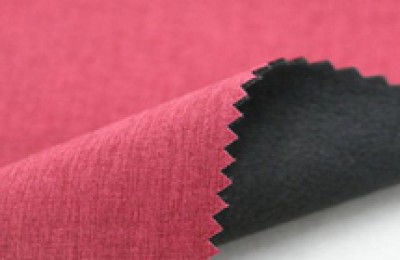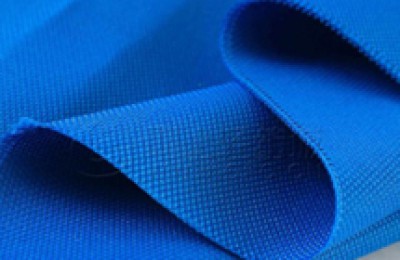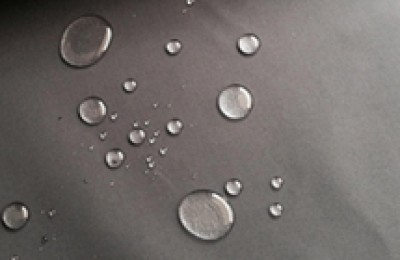On April 15, my country formally deposited the approval letter of the Regional Comprehensive Economic Partnership Agreement (RCEP) to ASEAN, marking China’s formal completion of the RCEP approval process and becoming the first non-ASEAN country to formally complete the approval process. member states. Liu Yaozhong, deputy director of the International Trade Office of the China National Textile and Apparel Federation, said in an exclusive interview with a reporter from the Economic Daily that for my country’s textile and garment industry, RCEP will have a far-reaching positive impact on the industry’s expansion of foreign trade scale and deepening industrial chain and supply chain cooperation.
As the world’s largest textile and apparel market, China plays an important role in the global textile industry chain. At present, my country’s textile industry accounts for more than 50% of the world’s scale, 70% of the world’s chemical fiber output, and one-third of the world’s trade. From the perspective of industrial integrity, my country’s industrial chain is the most complete and the product variety is the most complete; from the perspective of manufacturing level It seems that my country’s fiber raw materials, spinning and weaving, clothing and home textiles’ manufacturing and equipment levels are mostly at the internationally advanced level.
“The biggest change brought about by RCEP is that my country and Japan have established a new trading partnership. The scale of Sino-Japanese textile industry trade is expected to continue to expand in the future.” Liu Yaozhong judged.
Currently, Japan is the fourth largest export market for my country’s textile and apparel industry. According to customs data, my country’s textile and apparel exports to Japan in 2019 were US$20.88 billion, accounting for approximately 7.4% of the industry’s total exports for the year. According to relevant Japanese statistics, my country accounted for 58.6% of Japan’s total textile and apparel imports in 2020. After RCEP takes effect, except for a small number of products such as masks and bedding that will not receive tax reductions, tariffs on my country’s major textile exports to Japan, such as sweaters, pants, suits, T-shirts and other products, will be eliminated within 16 years.
Liu Yaozhong analyzed that since Japan has signed free trade agreements with ASEAN, Vietnam, Thailand, Indonesia, India and other countries, textile and clothing products exported to Japan from the above countries can enjoy tax-free treatment. . After RCEP takes effect, it will help our country’s industries gradually and fairly participate in international competition in the Japanese market, reduce the export costs of foreign trade companies, and enhance the international competitiveness of products. At the same time, the original 5% to 8% import tax rate for my country’s major categories of products imported from Japan will be reduced to zero in stages from 11 to 21 years, which will help accelerate industry transformation and upgrading and improve production efficiency.
“From the perspective of regional production cooperation, it is expected to establish a more stable two-way investment environment. As investment increases, production capacity increases, and cooperation relationships become closer, the regional manufacturing center The status will also be consolidated.” Liu Yaozhong believes that the signing of RCEP will help deepen regional textile and apparel industry chain and supply chain cooperation.
He said that market access rules for goods, services, investment and other fields among member countries will be further relaxed, and customs procedures and technical standards will be gradually unified. By adopting regional rules of origin, it will promote the free flow of economic factors in the region, strengthen the division of production and cooperation among members, stimulate the expansion and upgrading of the regional consumer market, and promote the further development of the regional industrial chain, supply chain and value chain. .
For foreign trade companies in my country’s textile and garment industry, RCEP will help export more products and better enjoy preferential tax measures; on the other hand, it will also help Avoid certain trade barriers.
It is understood that after RCEP comes into effect, if an enterprise becomes an approved manufacturer through customs certification, it can clear customs and enjoy preferential treatment by the contracting country when exporting only by relying on the enterprise’s independent declaration of origin, saving money. The entry, review, application and other aspects of the certificate of origin further reduce the timeliness and cost of customs clearance.
When she learned about this regulation at the RCEP policy special training meeting organized by Shenzhen Customs, Ms. Cao, the customs supervisor of Shenzhen Wenwen Medical Supplies Co., Ltd., was very happy. She said: “Our company issues more than 30 non-woven certificates of origin to Southeast Asia every week. Since the customs launched self-service printing, smart signing and other service measures, it is no longer necessary to apply for certificates of origin at the customs site. Unexpectedly RCEP can also rely on enterprises to declare customs clearance, which will be more convenient in the future.”



rc=””data-preview-group=”1″src=”https://www.pctextile.com/wp-content/uploads/2023/kmqwtb5zxcl.png”>
</p



